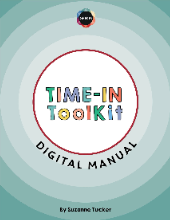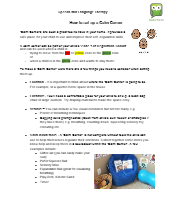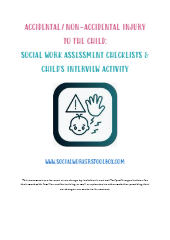
The “Parenting Children/Young People with Developmental Trauma” booklet is a valuable resource specifically designed for parents and carers of children who have experienced developmental trauma. This booklet aims to provide essential information and practical strategies to support parents in understanding and parenting children and young people with a trauma background.
The booklet covers important topics such as explaining what trauma is and its impact on children and young people. It also focuses on promoting understanding of the developmental milestones that may be affected by trauma, helping parents gain insight into their child’s unique needs and challenges.
Furthermore, the booklet offers a range of strategies that can be helpful in parenting children and young people with a trauma background. These strategies aim to support parents in providing a nurturing and healing environment, promoting resilience, and fostering positive relationships.
By utilising the insights and strategies provided in this booklet, parents and carers can gain a better understanding of their child’s experiences, enhance their parenting approach, and create a supportive and healing environment for children and young people affected by developmental trauma.
FREE PDF DOWNLOAD OF PARENTING CHILDREN/YOUNG PEOPLE WITH DEVELOPMENTAL TRAUMA (BOOKLET)
SIMILAR FREE RESOURCES
Time-In Toolking – Helping Children Regulate Emotions
The “Time-In Toolkit” is a comprehensive guide for helping children and adults develop emotional intelligence and mindfulness through engaging activities. It includes strategies and tools for emotional regulation, such as calming techniques, and activities for recognizing and expressing emotions. This toolkit is beneficial in various settings like homes, classrooms, and therapy, aiding in the development of better emotional understanding and communication skills.

How to set up a Calm Corner Guide
This guide is a practical resource for creating a dedicated space where children can practice self-regulation and calming techniques. It provides detailed instructions on selecting the right location, furnishings, and calming tools, along with strategies for effectively using the calm corner to help children manage their emotions and behaviors. This guide is ideal for use in homes, schools, and therapeutic settings to support children’s emotional development.









